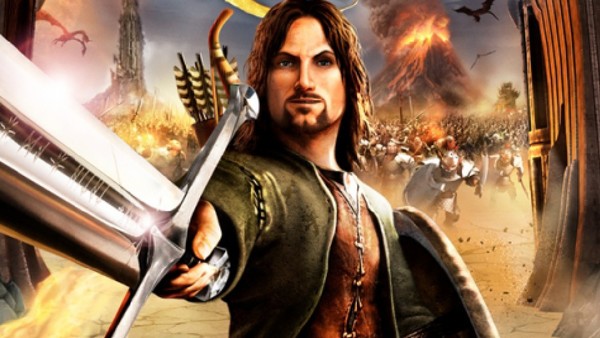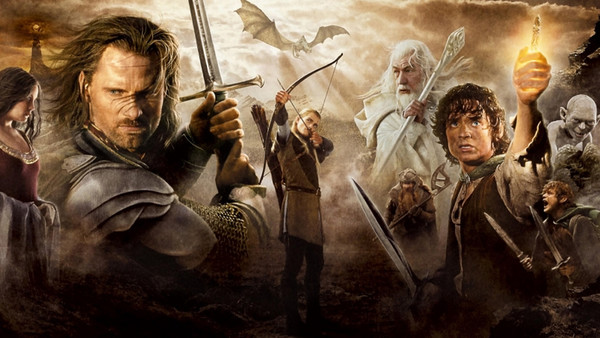5 Reasons It’s Impossible To Make A Great Tolkien Video Game
Even the best Middle Earth games don't understand it properly...

It’s been over 65 years since the Lord of the Rings was published and 19 years since the first Lord of the Rings film was released. In that time, at least 40 Tolkien video games have been released. J.R.R Tolkien’s works have been translated into action games, role-playing games, card games, and mobile free-to-play titles. And yet, so few of these games really capture the essence of Tolkien’s world.
That’s not to say there haven’t been good Tolkien games. It’s generally agreed that Return of the King, Shadow of Mordor, The Battle for Middle Earth, and The Lord of the Rings online are excellent and that list is certainly not exhaustive. But when you compare the games that have really captured the essence of, say, Star Wars - the games that have really felt like they belonged to and stayed compatible with the message of that world - to the ones that have done the same for Middle Earth… well, there’s really no comparison.
After all, where a lot of Star Wars games are widely acknowledged to have captured Star Wars’ identity and translated it into gameplay, game developers have had a much more difficult time doing the same for Tolkien. Even as Tolkien games often follow or at least neatly fill gaps in the storylines of the source material, they tend to have difficulty adapting the unique dynamics and morality of Tolkien’s world into gameplay.
There are a few key reasons why developers have had and will continue to have such a hard time doing so.
5. Adapting Tolkien Isn’t So Much About Nailing A Particular Aesthetic

Continuing the Star Wars comparison, a video game like the original two Star Wars Battlefront games are successful adaptations in part because those games nail the aesthetics of Star Wars. They don’t comment on the value of mercy or contain a whole lot of messaging about balance or anger or moral corruption, but because so much of Star Wars’ appeal lies in its aesthetics, then a game getting this right largely amounts to a good adaptation.
Before its microtransaction-related woes, the most recent Star Wars Battlefront game was praised heavily for looking and sounding like Star Wars and that, as a result, it felt like Star Wars. And that makes sense. Star Wars is remembered for its particular visual style - the semi-battered look of an X-Wing or the Shiny Vader armour - as well as its sounds - the hum of a lightsaber or John Williams’ score. These recognizable aesthetics are perhaps what those films do best and what any game hoping to be a good adaptation of them has to get right.
Lord of the Rings is somewhat different in this regard. The films have an amazing visual style, one that most Lord of the Rings games since have been keen to adapt. The ones that have done this well have allowed you to feel like you are walking around in the set of the films. However, Middle Earth’s literary origins have made nailing a particular, pre-set aesthetic less of a factor in how a Tolkien game will be received. After all, the Shadow of Mordor games, while certainly drawing from the look of Peter Jackson’s adaptation, definitely seem aesthetically different, like they exist in a slightly different universe from the films.
As we get farther and farther away from release of the films, we’re going to see games depart further and further from their particular aesthetic. That means that the success of these games as adaptations will rest less and less on a particular aesthetic in the way that Star Wars games will continue to be. Their success will rest more on capturing ideas from the source material. That is a lot more difficult to define and capture.